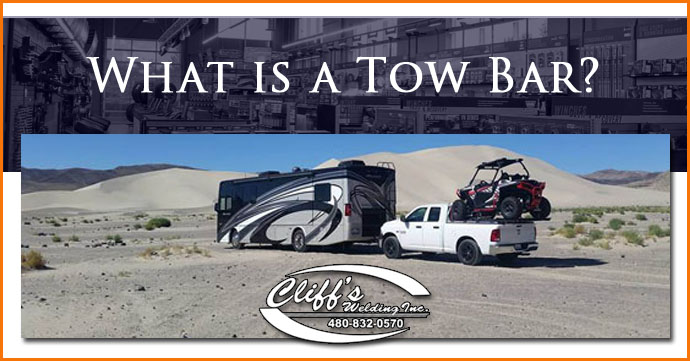
What is a tow bar? | Types, Sizes and More
If you are searching for “what is a tow bar” this post should help! A tow bar is the device that you hookup to the base-plate on your motor-home or RV, in order to pull your vehicle behind it. There are two different options in tow bars, the motor-home mounted and the vehicle mounted.
The Different Kinds Of Tow Bars
There are generally different types of tow bars. Below we discuss two of them. The RV or Motor Home mounted tow bars and also vehicle mounted tow bars.
The RV or Motor Home Mounted Tow Bars
These are inserted into the trailer hitch of the motor-home, which are continuously mounted to your RV, so you do not have to undo and redo every time. It does not consist of a coupler, which means you will not need to worry about it becoming uncoupled, nor have to listen to the rattle and play.
Vehicle Mounted Tow Bars
This type of tow bar works the same way as the A frame trailer, it is connected to a trailer hitch ball which is attached by a coupler. Tow bars come in various sizes, which size is needed depends on the country that an operation is in and what the load is.
The Tow Bar Sizes Are As Follows:
Tow bars come in various sizes to depending on what they are being used for. Larger tow bars are required when towing heavier vehicles and may need additional support.
- 1 and 7/8 of an inch (47.6 mm)
- 50 mm (1 and 31/32 of an inch) (ISO standard)
- 2 inches (50.8 mm)
- 2 and 5/16 inch (58.7 mm) being heavy-duty
- 3 inches (76.2 mm) being heavy-duty Gooseneck
Mounting A Tow Bar On A Truck
A lot of pick-up trucks will come already equipped with anywhere from 1-3 mounting holes already in the rear bumper, this allows for the two balls on a trailer to be mounted. Those that are located to the far right and far left is commonly used in rural regions by the driver towing wider farm equipment or loads over two-lane streets. Mounting on the far side lets the towed item, such as a trailer, be as far from the other side of the road as possible, away from any oncoming traffic.
Using Your Bumper To Tow
When the bumper is being used to tow, instead of using the mounted receiver hitch of the frame one must use caution, for the bumper will not provide the same amount of strength, which is the reason it is usually only used for towing the lighter loads. The bumper of a pick-up truck should have the weight rating for the tow ball bumper mounting and the frame mounted hitches are located on the receiver hitch. A lot of the pick-up trucks that do not have a receiver hitch for a frame mounting will usually use the rear bumper, more so, if it is a light duty pick-up truck. Pick-up trucks and flat decks that are towing a weight range between 10,000 and 30,000 lbs. (4.5 ton to 13.6 ton) trailers should use goose-neck hitches, such as industries, agriculture, and other large size recreational trailers.
Using A Front Trailer Hitch
Front trailer hitches are used for several different purposes, and are popular for use on pick-up trucks, including (full size) SUV’s. If you need to accommodate some extra room for truck equipment, such as fishing gear, hunting gear, step plates, winches, front mount carriers for bicycles, snow plows, etc., the front mounted hitch is the one to get. The front mounted hitch will allow the driver temporary maneuvering of a trailer, having more visibility. In order to assure the reliability of the hitches connection the front trailer hitches should be mounted directly to the vehicles frame. Also, in order to accommodate various hitch mount equipment, standard size receiver tubes are usually included with front hitches.
Tow Bar Installation In Mesa
Our team of truck and towing accessory pros at Cliff’s Welding can help you choose the right tow bar to suit your needs. We proudly offer tow bar installation at our shop in Mesa, Arizona and offer our services to anyone needing help in the valley. For more information about tow bar installation please give us a call at 480-832-0570.
